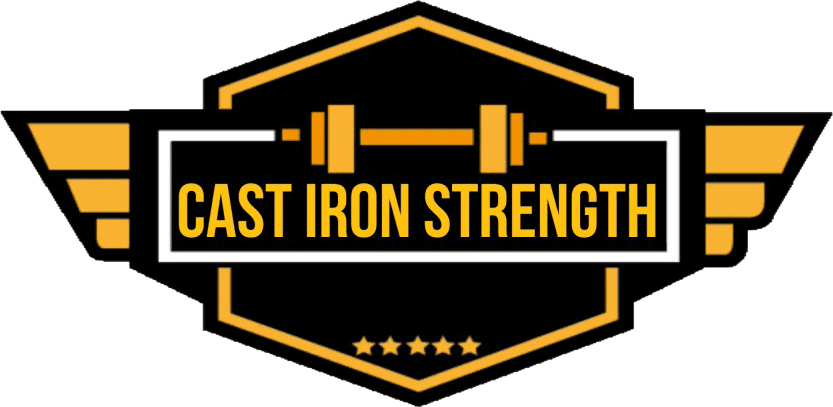Shit son dat dere celltech just don gimmie dem jacked adominal f!braz.
Abdominal or core training is one of the predominant schools of thought in the physically training subculture. From pilates, swiss ball centred core training or six second abs there are innumerable “methods” or gadgets to train to get those washboard abs or for sports people to obtain that illusive “functional” effect that sitting on an oversized basket ball can bring.
Yet training abdominal muscles is one of the things that people trying to look good or people trying to train it for sports screw up the most. The first thing that people do wrong is to treat it as some sort of special area of the human body that is somehow warrants a different approach from every other muscle tissue they train.
If you are not getting DOMs or at least some residual soreness after training chances are you are not putting on a training stimulus on the muscle thus you need to progress your training.
If you load your abdominal training correctly you should only need to do them 1-2 a week same way you would only squat 1-2 a week on a normal programme.
The abdomen constitutes a large group of muscles both anterior, exterior, external and deep. You can dissect each muscle function till your hearts content yet in training to get stronger/fitter all we should truly be concerned with is their gross muscle action as a group. In the instance where injury is a contention then corrective or physiotherapy type training can be called upon.
So for those of us interested in getting them stronger or hypertrophied you can challenge them through –
Flexion and Extension
Rotation
In Posture (isometrically)
Flextion and Extension
Flextion or Extension at the hip is a concept most people will be familiar with sit ups, crunches and supermans are all very commonly used exercises. They will offer a training effect but only for the new trainee or the physically unfit much in the same way that a press up will take your development so far until you have progress it. We can progress through the following methods
Changing of lever to increase moment arms – Glute Ham Raise (hence GHB), GHB sit ups, decline sit ups, hanging leg raises et al are all examples of this type of progression.
Increasing load – this is the most obvious from doing weighted sit ups, Stiff legged deadlifts, Weighted V sits, Good mornings etc.
Using both progressions together – Weighted GHB raise. weighted GHB sit ups.
Performing these exercises on unstable surfaces has been shown to induce adaptation for 4-6 weeks in women this can however be put down to what is effectively learning a new skill. Maybe could be used for some variety in your training but I would personally prefer to just increase load and stress as opposed to learning a new skill of doing crunches on a ball.
Next time we will look at training options for Rotation and Posture and suggest some training templates you can through them in with.
Marc.


